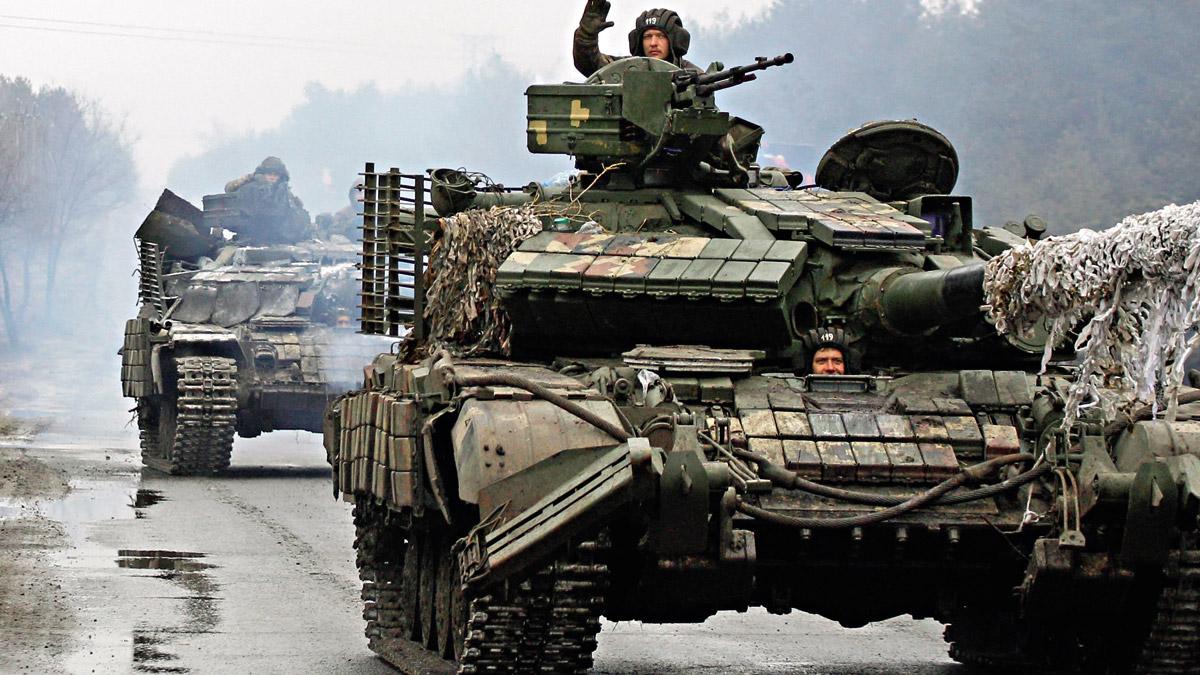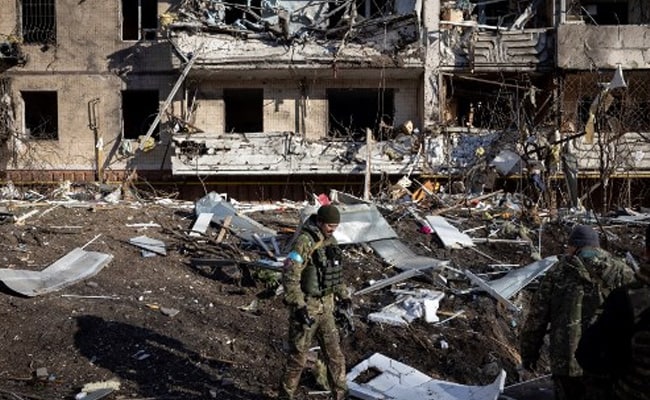During a global crisis, the equity markets are seeing their first substantial downturn since March 2020. If the Ukraine-Russia issue proves to be a protracted event, commodities prices are likely to remain high for an extended period.
The effect on the home inflationary situation will be obvious; there are already strong undercurrents in the domestic inflationary scenario, owing to the increased pass-through of higher commodity prices to improved demand in manufactured goods and even services.
All of this, according to economists, may cause investors to shift their portfolios away from stocks and into gold or real estate, both of which might prove to be excellent inflation hedges.

New evidence is also supporting this line of thinking. Consider the following: Gold has emerged as the best-performing asset class so far in 2022, after a year in which it underperformed many risk assets.
The price of gold is now trading at $1,900 per ounce on the worldwide market, which is the highest price since June 2021. On the stock exchanges, the metal has gained more over 4% year to far, compared to a 2-5 percent decline in key market indexes throughout the world.
Chirag Mehta, senior fund manager at Quantum Asset Management, predicts that gold would gain in the short term as risk-averse investors increase their exposure to the metal despite a decline in the value of risky assets such as stocks.
We should expect additional money printing to finance military operations, greater energy costs, and economic sanctions against Russia if this battle continues to rage for a lengthy period. As a result, already-high inflation will be fuelled further, slowing economic growth will suffer, and market volatility and risk aversion will soar,” the authors write.

Mehta believes that although this atmosphere will be supportive of gold prices, it will ultimately come into conflict with the Fed’s tightening cycle, which is projected to hold gold prices in check.
INCREASING INTEREST RATES AND ROI’s
According to AK Prabhakar, head of research at IDBI Capital, expectations of increased interest rates may not only boost purchasing in gold, but also in real estate, as investors may prefer to invest in properties before the rate rise cycle sets in.
A growing income level, shrinking rental yields and interest rate corridor disparity, market share gains by organised players, and confidence in continued robust economic growth, according to HDFC Securities, are driving the real estate upcycle.

HDFC Securities claims that these tailwinds are encouraging a real estate resurgence and have resulted in an unparalleled increase in sales volume in the sector. A significant part of family savings is being diverted into home purchases, which might result in disproportionate profits for companies with high brand recognition.
In an interview with Business Standard, ANAROCK Group Chairman Anuj Puri said that 80-85 percent of homebuyers are now end-users. Real estate prices may climb by 5-10 percent in 2022, when fresh supply reaches levels comparable to those prior to the Covid era. Demand will continue to be driven mostly by the mid- and high-end housing sectors in general.
Analysts, on the other hand, warn against making significant changes to portfolio design in the face of event-based risks and recommend making only minor adjustments to exposure to ride out the volatility. Over the long run, stocks have shown to be the most profitable asset class to invest in.

According to a report published by the Credit Suisse Research Institute in collaboration with the London Business School, global equities have generated an annualised real return of 5.3 percent in dollar terms over the past 122 years, compared to 2 percent for bonds and 0.7 percent for bills during the same time.
As a result, diversity across companies, nations, and assets has a significant positive impact on the return-risk trade-off.
Published By :- Shubham Agarwal
Edited By :- Kritika Kashyap













